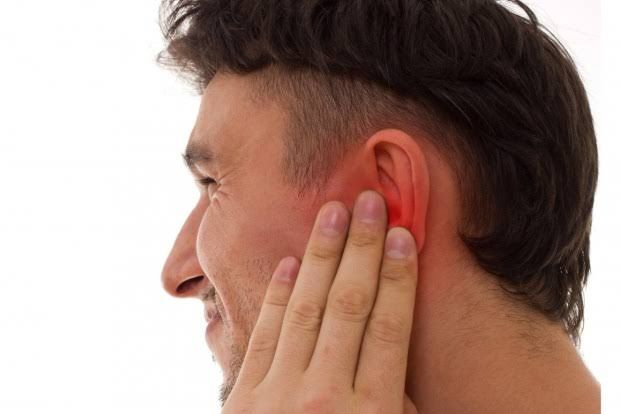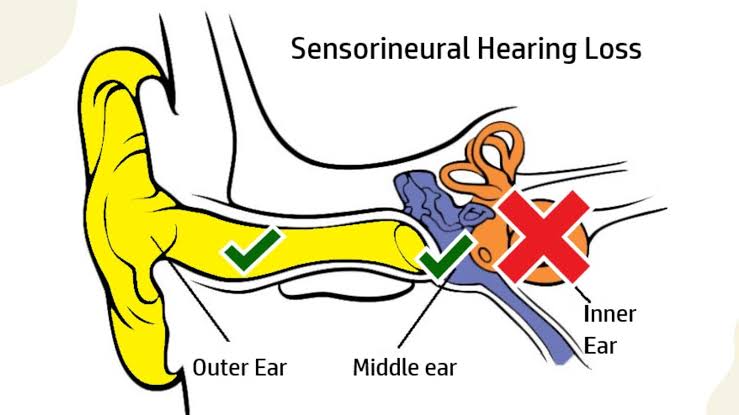
Clinical Presentation of Inner Ear Diseases and Basics of Management
The inner ear is responsible for both hearing and balance, and diseases affecting this area can lead to a variety of clinical presentations. Common symptoms include:
- Hearing Loss: This can be conductive or sensorineural. Sensorineural hearing loss is often associated with inner ear disorders.
- Tinnitus: A perception of noise or ringing in the ears that is not caused by external sound.
- Vertigo: A sensation of spinning or dizziness that occurs due to disturbances in the vestibular system.
- Balance Issues: Difficulty maintaining balance, which may lead to falls.
- Aural Fullness: A feeling of pressure in the ear.
Management strategies depend on the specific diagnosis but generally include:
- Medications: Corticosteroids may be used for inflammatory conditions, while diuretics might be prescribed for Meniere’s disease.
- Rehabilitation: Vestibular rehabilitation therapy can help patients with balance issues.
- Surgery: In cases like acoustic neuroma or severe Meniere’s disease, surgical intervention may be necessary.
- Hearing Aids: For those with significant hearing loss, amplification devices can improve quality of life.
Appropriate Investigations for Inner Ear Problems
To diagnose inner ear diseases accurately, several investigations may be employed:
- Audiometry: This test assesses hearing ability and helps determine the type and degree of hearing loss.
- Vestibular Testing: Includes tests such as electronystagmography (ENG) or videonystagmography (VNG) to evaluate balance function.
- Imaging Studies:
- MRI (Magnetic Resonance Imaging): Useful for visualizing soft tissues and detecting tumors like acoustic neuromas or other structural abnormalities.
- CT (Computed Tomography): Can help assess bony structures and detect fractures or anomalies in the temporal bone.
- Blood Tests: To rule out infections or autoimmune conditions that could affect the inner ear.
Distinguishing Inner Ear Diseases
Several diseases affect the inner ear, each with distinct characteristics:
- Meniere’s Disease:
- Symptoms include episodic vertigo, tinnitus, fluctuating hearing loss, and aural fullness.
- Caused by abnormal fluid accumulation in the inner ear.
- Vestibular Neuritis/Labyrinthitis:
- Characterized by sudden onset vertigo without auditory symptoms (neuritis) or with hearing loss (labyrinthitis).
- Often follows a viral infection.
- Acoustic Neuroma (Vestibular Schwannoma):
- Presents with unilateral hearing loss, tinnitus, and possibly imbalance.
- A benign tumor on the vestibulocochlear nerve.
- Ototoxicity:
- Hearing loss and balance issues due to exposure to certain medications (e.g., aminoglycosides).
- Sudden Sensorineural Hearing Loss (SSNHL):
- Rapid onset hearing loss typically occurring over 72 hours without an obvious cause.
When to Refer the Patient
Referral to an otolaryngologist (ENT specialist) should be considered in several scenarios:
- If there is sudden sensorineural hearing loss without an identifiable cause lasting more than 24 hours.
- Persistent vertigo lasting more than a week or associated with neurological symptoms such as weakness or changes in vision.
- Unilateral tinnitus accompanied by unilateral hearing loss which raises suspicion for acoustic neuroma.
- Patients who do not respond to initial management strategies after a reasonable trial period should also be referred for further evaluation.
In summary, understanding the clinical presentation of inner ear diseases is crucial for effective management and timely referral when necessary.







